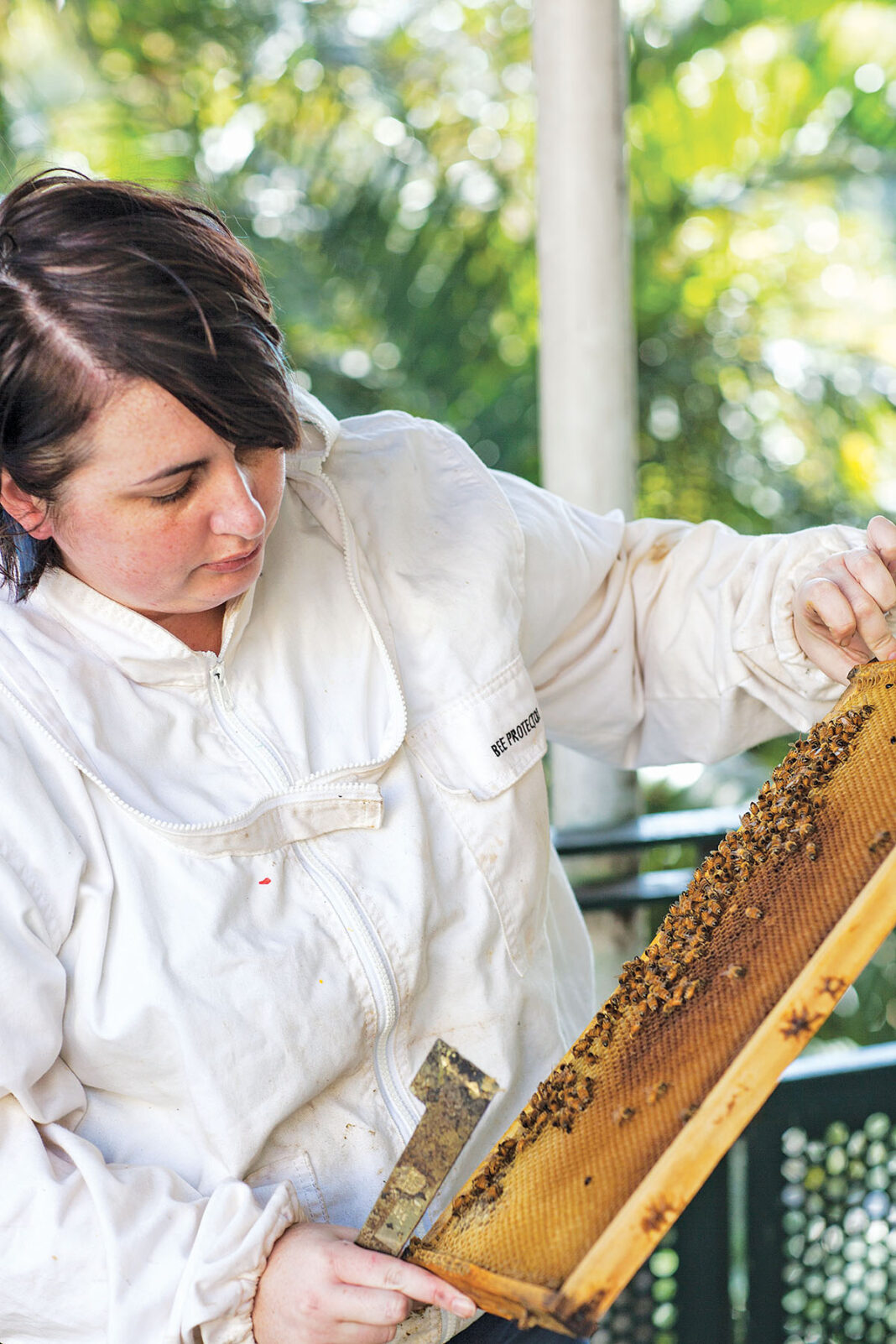Australia will continue to be home to a national honey bee genetic improvement program until at least April 2024, with Plan Bee announcing it has been extended for another year.
The extension means the program, delivered as part of the Australian Government Department of Agriculture, Fisheries and Forestry, Rural R&D for Profit Program will continue its mission of establishing a national honey bee genetic database to improve the productivity and profitability of Australia’s agriculture sector.
The program which began in 2020 has made significant progress in furthering the adoption of modern genetic selection practices in Australia.
It has been stunted by several disasters including the 2019-2020 bushfires, flooding in eastern Australia and most recently the NSW varroa mite incursion – which led to the destruction of the program’s colonies in Tocal.
The extension allows the program to launch a series of planned initiatives that could have immeasurable long-term impact to the quality of Australia’s honey bee stocks, according to Plan Bee Program Lead, Paul Blackshaw.
“We are thrilled to have the opportunity to continue the vital work of Plan Bee,” Mr Blackshaw said.
“We’re currently preparing to launch version two of the Plan Bee Breeding Manual, a vital resource which is already helping beekeepers and breeders to unlock the potential of modern science to improve the quality of our honey bees.”
“This resource helps breeders select from desired traits, including pest and disease resistance, future-proofing the industry from threats like varroa.”
The project team continues to seek input from the beekeeping industry and encourages all beekeepers to participate in the program.
“We are always looking to work closely with breeders across the country to build our national genetic database.
“With each contributing bee breeder, our data set improves, allowing us to make better choices when selecting for traits.”
The benefits of a successful national genetic improvement program transcend the honey bee industry.
In fact, around 65% of agricultural production in Australia depends on pollination from honey bees according to the 2010 report Pollination Aware, The Real Value of Pollination in Australia.
“Whether it be pollination productivity, resistance to disease, or ability to stay active for longer, genetic selection helps bee breeders, beekeepers and growers to become more productive and sustainable,” Mr Blackshaw said.
“Each year we are faced with new challenges, whether that be disasters, incursions or the simple premise of feeding more people with fewer resources.
“Better bees can help us face these challenges head on, and thanks to modern genetic practices we’re on the right path.”
This work is a first for the Australian honey bee industry and the project extension will enable the industry to develop estimated breeding values for honey bees and further extend best practice standardised selection methods for breeders.




